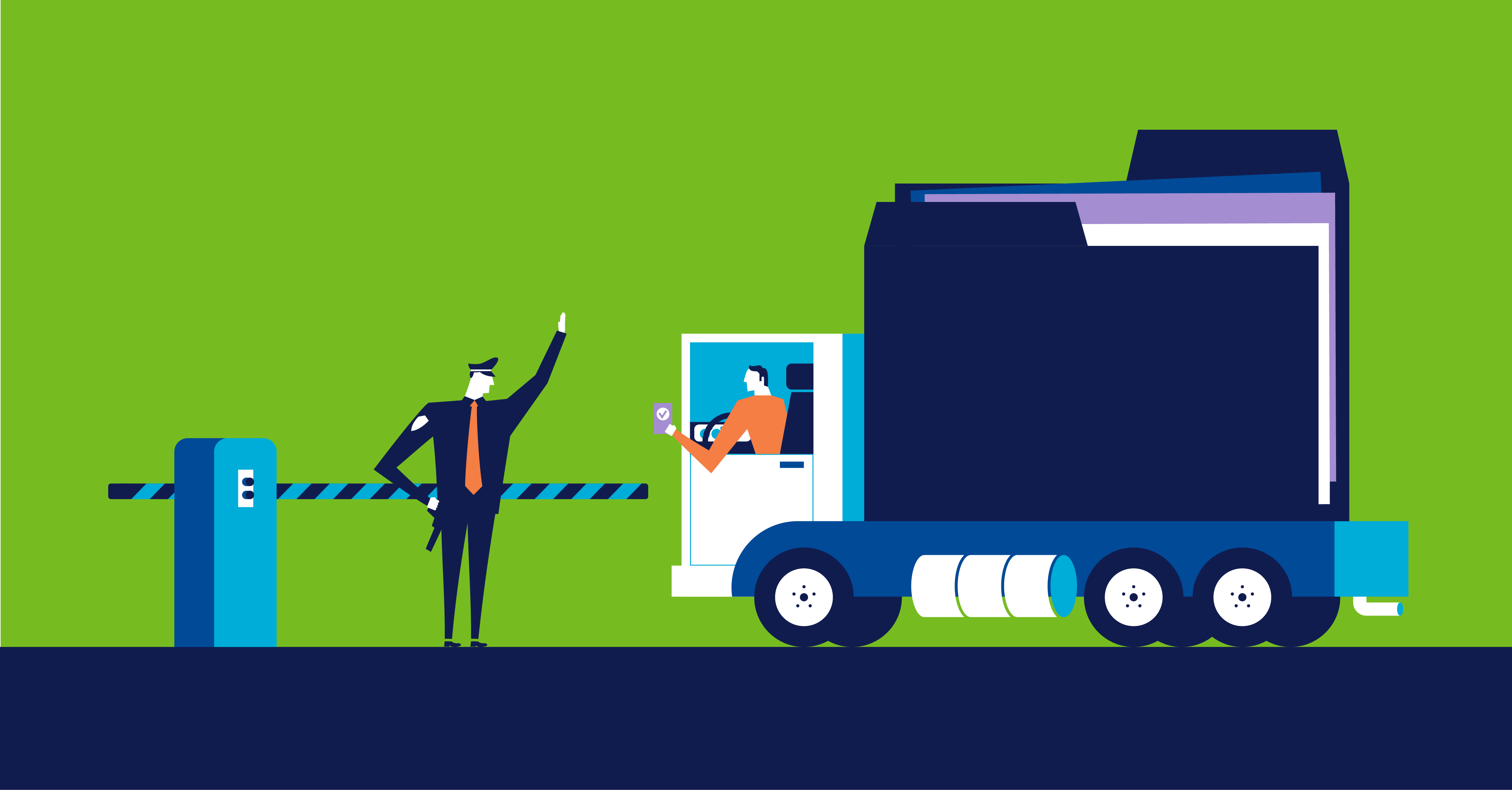There once was a very ambitious lumberjack.
This lumberjack wanted to be the best, so he applied with the top company in town. To convince the owner to hire him, the lumberjack offered to work the first day for free and prove his ability. So, the owner hired him and sent him off to work.
The first day, the lumberjack cut down 25 trees – more than anyone else on the team. Every day for the first month, he chopped down 25 trees. However, in the second month he only cut about 20 per day. In the third month, he was down to 15 per day. By month four, the lumberjack was only producing about 8 trees per day. The foreman approached him and said, “You were doing so well! What happened?”
“I don’t know,” the lumberjack replied. “I still have the same desire, I’m stronger, and I have more stamina than I did before. The only thing I can think of is because I was so busy, I never took the time to stop and sharpen my axe.”
How does a fictional lumberjack relate to sales?
The story of the ambitious lumberjack, borrowed from author Kirk Donovan, illustrates that to achieve long-term success, you must continually sharpen your tools.
As a sales professional, your most important tools to keep sharp are your communication skills, both verbal and nonverbal. In this post, we’re going to explore the latter and share some tips from Salesforce to help you enhance your nonverbal communication skills in a sales environment.
What is Nonverbal Communication?
The term “nonverbal communication” refers to any part of communicating that does not involve language. This includes our gestures, facial expressions, tone of voice, eye contact, body language, posture, and more.
Do you gesture with your hands during a conversation? That’s nonverbal communication.
Do raise your eyebrows or purse your lips when you don’t understand something? That’s nonverbal communication.
Do you fidget or shake your leg in meetings? That’s nonverbal communication.
The nonverbal narrative is an important part of how we communicate with the people around us.
Why Nonverbal Communication is Essential in Sales
Did you know that as humans, we communicate verbally only about 15% of the time? However, we communicate nonverbally about 95% of the time. (There is a bit of an overlap here because of the hand gestures and facial expressions we use while speaking.)
Your nonverbal communication skills are some of the most essential tools to keep sharp. Some top forms of these interactions include eye contact, tactile communication, body language, and paralinguistics.
Paralinguistics refers to the part of verbal communication outside of the words themselves - your volume, speed, and intonation, along with gestures and other nonverbal cues. In other words, it is the meaning behind not what you say, but how you say it.
Here’s a simple example.
Think about the phrase “great job”. If you’re truly impressed with someone’s work, you would say this in an enthusiastic way, accompanied by a smile and maybe even a high-five, “great job!”
However, these words can also be used to portray more negative feelings. Maybe someone drops a stack of papers in a meeting or stubs their toe on the corner of their desk and you sarcastically say, “great job.”
The tone, volume, and speed you use when saying these words can change their meaning and is an example of paralinguistics at work.
Because today’s business world relies on communicating via telephone, email, chat, and other virtual channels, it’s important to pay close attention to your paralinguistics. If all you have to make a good impression is the sound of your voice or the choice of your words, you’d better make sure they’re sending the right message.
Nonverbal Tips for Sales Professionals
To develop healthy business relationships, you must use your verbal and nonverbal signals to show the other person, “I’m no better than you, you’re no better than me, but as a team we have something special.”
These ten tips from Salesforce can help you make a great impression and begin developing positive relationships with your prospects.
Source: Salesforce
Humans are innately capable of communicating nonverbally.
After all, we’ve been doing it since we were infants! Concentrate on sharpening your nonverbal communication skills and truly focusing your attention on a prospect, and you may be surprised by the results!
For more sales tips, check out these articles:
How to Improve Your Sales Pitch in 2021
How to Build Strong Relationships as a Merchant Services Reseller

.jpg)



